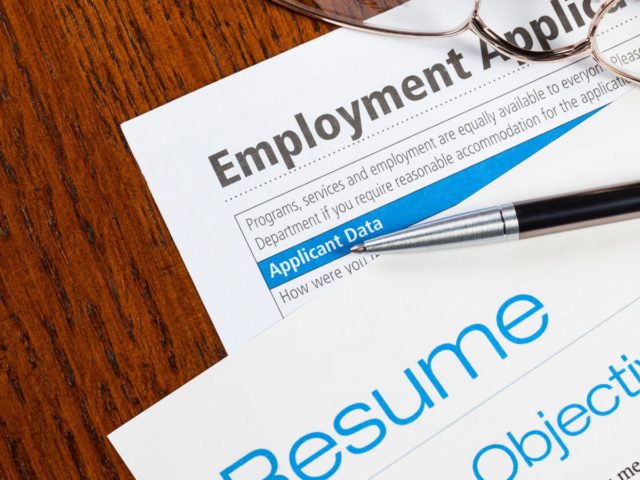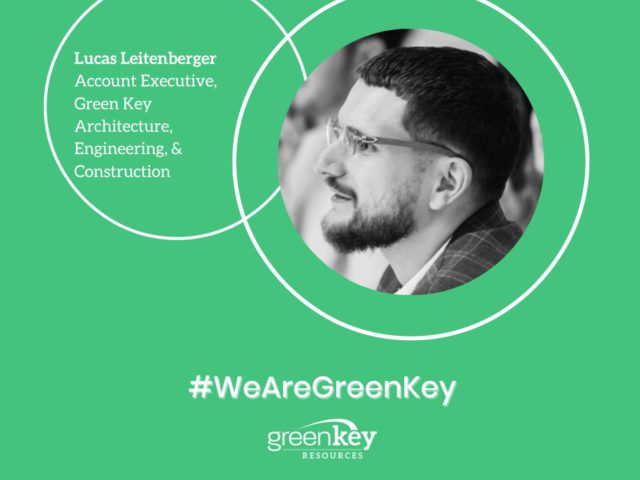The traditional office real estate model faces a myriad of challenges, prompting a profound reevaluation of how businesses approach their physical workspaces. In this article, we’ll take a look at the challenges faced by businesses and commercial real estate landlords.
The widespread adoption of remote work has led to a reevaluation of the traditional office setup. While flexibility has been a boon for employee well-being and productivity, it has left many businesses grappling with underutilized office spaces and the financial burden of maintaining them. Companies are confronted with the task of balancing the benefits of in person collaboration with newfound appreciation for remote flexibility. This shift in turn raises questions about the optimal size, location, and structure of office spaces.
According to LinkedIn news, “U.S. office vacancy rates are expected to reach 17% by 2026, compared to 9.4% in 2019, according to data firm CoStar Group…One property economist estimates that the value of the commercial real estate industry will fall by about $590 billion next year.”
Furthermore, it has been noted by the American Banker that, “Some 44.6% of the industry’s office loans currently have balances that are larger than the property is worth…using local property price indices to estimate buildings’ current values.”
Hence, businesses are faced with reinventing office spaces to maximize utilization. The office layout is undergoing a metamorphosis. The focus is no longer solely on maximizing square footage but on creating purposeful and engaging spaces that foster collaboration, innovation, and employee well-being. Forward-thinking companies are investing in adaptable and modular designs to accommodate the dynamic needs of a flexible workforce.
On the other hand, landlords are faced with the delicate balance of maintaining profitable business and accommodating tenants. Tenants of office spaces are seeking rent reductions or more flexible lease terms.
As a result of these woes, some real estate landlords are turning to innovation and flexibility to diversify their revenue streams. Embracing smart building technologies, upgrading amenities, and fostering community engagement within office spaces are becoming crucial strategies to stay competitive.
In conclusion, these challenges in office real estate are propelling businesses toward future-forward strategies. The office of the future will be a dynamic, purposeful hub that aligns with the evolving needs and expectations of the workforce in this era of transformative change. Ultimately, this year has built the anticipation to see how businesses and office real estate landlords deal with these deepening woes in the new year.
If you are looking to join a more collaborative team while gaining more flexibility, be sure to browse our jobs page.




